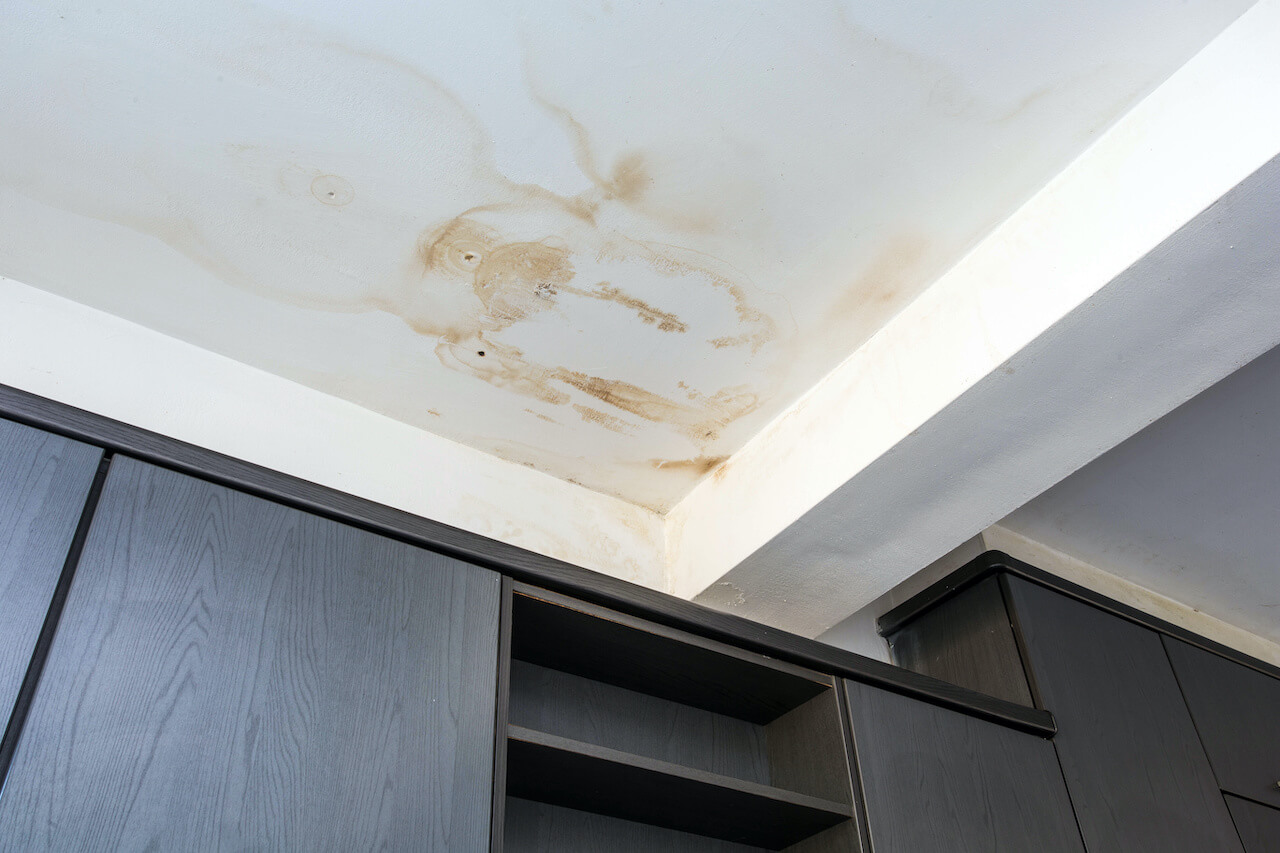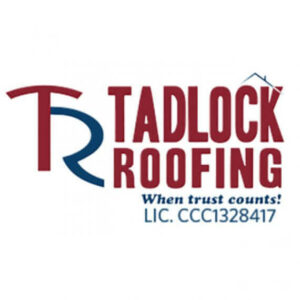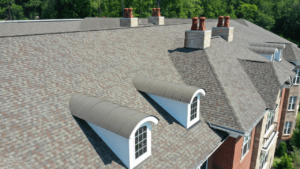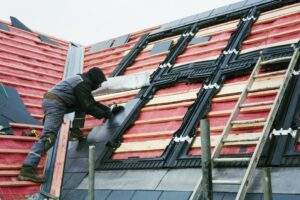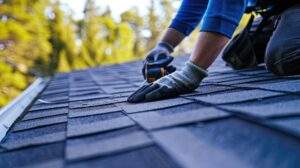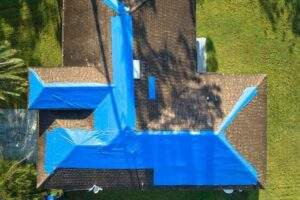When the rains pound on rooftops in Florida’s capital city, the last thing any homeowner wants is a sudden roof leak. But leaks often strike during the worst weather, especially in the southeast corner of the country where Tallahassee sits—located just east of the Florida Panhandle.
For residents of this historic university town, known for landmarks like West Florida Seminary, Florida State University, and the Tallahassee Museum, knowing how to stop a leaking roof during a storm can make all the difference in preventing more damage.
At Tadlock Roofing, we’ve spent decades helping homeowners across Leon County—from Old Town to the neighborhoods south of the State Capitol—respond quickly and safely to sudden roof leaks.
Key Takeaways
- Electrical dangers from storm leaks should be taken seriously by shutting off power near wet ceilings or electronics.
- A roof leak during storms should be caught quickly with buckets and checked safely from the attic if possible.
- Belongings like furniture and electronics should be moved or covered to prevent damage from leaks during heavy rain.
- Mold and structural problems can be avoided by drying the area and calling a local roofing professional for help.
Avoid Electrical Fire Hazards
When water drips from your ceiling or attic, your house may be at risk of an electrical fire. Shut off the power in affected areas before interacting with wet electronics, walls, or ceilings.
In a city grounded in higher education, it’s wise to approach these hazards with the same caution you’d use in a college chemistry lab.
Catch the Leak and Minimize Overflow Damage
As rain continues to fall, the first step is containment. Grab a bucket or pan to catch any overflow, and place towels on the floor to soak up runoff. Doing this can minimize floor, wall, and furniture damage.
This basic method provides a temporary solution while waiting for a more permanent repair.
Inspect the Attic—But Use Caution
If it’s safe, grab a ladder and carefully enter your attic to locate the leak source. Leaks might originate near vents, seams, or nail holes. Use a flashlight to observe where water drips are forming and see if small trails are running down rafters or support beams.
This inspection helps professionals later during the roof repair process.
Tarp the Roof If Conditions Permit
Using a tarp can help protect the affected roof area. If you’re familiar with safe roof access, placing a tarp over the problem spot and securing it with weights or nails can prevent more water damage.
But strong wind and slick shingles in July make it dangerous, so this should only be done if conditions allow and only as a temporary solution.
Relocate Belongings and Protect Your Home’s Interior
Move important items like furniture, electronics, and school equipment—especially if you’re affiliated with one of the many nearby institutions in the state university system or a local institute. If large items can’t be moved, cover them with plastic sheeting.
Remember, this region’s homes—many of which date back to the American territory period—often have aging materials that don’t handle moisture well.
Dry Out Your Space and Control Humidity
Florida’s subtropical temperatures mean that trapped humidity can quickly lead to mold and mildew. To regain control, set up fans or a dehumidifier. Open vents if the storm has passed and your home’s HVAC system can help circulate air.
Mold in walls or ceilings can lead to long-term structural problems and indoor air issues.
Document the Damage and Contact a Professional
As water begins to retreat, take detailed photos of weather damage to ceilings, walls, the floor, and the roof itself. Snap images of small leaks, dark stains, and sagging ceiling spots. Include evidence of furniture or electronics damage, and gather your homeowner’s policy.
Then, contact a licensed roofing professional like Tadlock Roofing—Tallahassee’s trusted team for decades. Our experts will inspect your roof, recommend the right fix, and walk you through the insurance process.
A Leak Isn’t Just a Leak—It’s a Warning Sign
Whether your home sits in the heart of Tallahassee, near Florida State University, or further west toward Pensacola, ignoring small leaks now can result in expensive repairs later. These issues can weaken the roof deck, erode insulation, and rot framing. It’s not just about stopping rain—it’s about preserving the structural integrity of your home.
Even historic districts that date back to the days of Union forces moving through Florida are at risk. History is part of this town’s identity, and preserving your roof is part of maintaining its legacy.
Call (855) 964-7663 for emergency roof support.
We’re proud to serve Florida’s capital and the vibrant community of students, government employees, and families who call it home.
Frequently Asked Questions
What if I notice signs of roof damage but it’s not leaking yet?
If you notice cracked shingles or sagging areas, schedule a free inspection. Catching issues early reduces pressure on your roofing system and lowers the risk of future water intrusion or injury.
Does Tadlock Roofing work with institutions of higher learning or government buildings?
Yes, we provide roof repair and maintenance for higher learning, government, and commercial facilities across Florida. Each location receives custom solutions that ensure safety, compliance, and long-term performance.
Can heavy snow cause roof problems even in Florida?
While snow is rare in Florida, winter weather and cold temperatures can still cause moisture buildup and damage. Tadlock offers inspections to help you prepare your roof for off-season risks.
How can I protect my roof while putting off full replacement?
If you’re putting off a full replacement, consider our RPM Program. It helps protect your roof and keeps your head clear by reducing long-term costs and avoiding surprise failures.


